Fast, Satisfying, and Desirably Repeatable
Marine View Ventures’ rejuvenation of the Tahoma Market brand required meticulous research and planning, a robust approach to supply chain management, and support by SSCS technology.
When Marine View Ventures (MVV) hired Joe Oakes as a consultant, the four sites the company managed on behalf of the Puyallup Tribe were dissimilar enough that they could have been run by four different operators. Each of the stores—all located within miles of each other in an industrial area of Tacoma, Washington—looked different, carried different stock, followed different procedures, and used different suppliers.
Concerned—and rightly so—that the lack of standardization worked against efficiency and profitability, MVV was assigned the task of unifying the sites under a uniform set of practices and distinct look and feel. The ultimate goal was to create a clear, recognizable brand—Tahoma Market—that would create positive associations and heighten consumer interest.
“We set out to create a welcoming environment that would exceed consumer expectations for a C-store,” explains Oakes, who enjoyed the consulting gig so much he came on full time as MVV’s director of supply chain management. “All the sites are located in the middle of a commercial district intersected by Interstate 5, so the majority of our customers are commuters and people who work in the area. There’s a certain rhythm to their lives and we wanted to become part of the routine by offering a fast, satisfying, and repeatable experience.”
When Oakes first came on, MVV was in the process of mining data from their stores using the Computerized Daily Book (CDB) back office system from SSCS. The business information accumulated by the CDB provided a detailed view of what items sold (and at which sites), the time of day they sold, the locations that performed best in specific categories, store traffic patterns, and other quantifiable data.
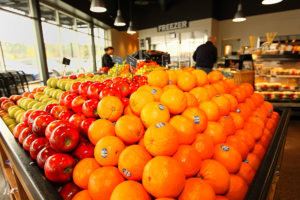 “The entire enterprise runs through the CDB so we were able to capture five years of data from the original four stores and leverage it during our brand re-launch,” Oakes says. “For example, we formed a clear picture of the buying patterns of our customers. As a result, we got a head start on reconstructing the mix of inventory that we’d be sharing across all our stores, making it possible for the customer to buy the same goods for the same price at any location. We expected it would build familiarity and trust, which is the reason we stick to nationally known items—consumers are comfortable buying them.”
“The entire enterprise runs through the CDB so we were able to capture five years of data from the original four stores and leverage it during our brand re-launch,” Oakes says. “For example, we formed a clear picture of the buying patterns of our customers. As a result, we got a head start on reconstructing the mix of inventory that we’d be sharing across all our stores, making it possible for the customer to buy the same goods for the same price at any location. We expected it would build familiarity and trust, which is the reason we stick to nationally known items—consumers are comfortable buying them.”
Thanks to meticulous upfront planning and research, by 2011—the year Oakes was hired full time—MVV felt confident enough to begin construction on a new flagship store in the Tacoma suburb of Fife. Taking a ground up approach allowed the team to incorporate each of their branding ideas and concepts—including logo, look, and feel—without having to contend with existing structural limitations.
The architecturally striking 11,000 square foot structure that resulted, rising within clear view of Interstate 5, served notice that Tahoma Market had arrived. More than that, the building functioned as a template to guide the redesign and remodel of the existing 1,700 square foot stores, a blueprint of sorts that allowed work on the other structures to commence rapidly. The four smaller stores, rebranded as Tahoma Express, were completed within the next two years. A sixth Express site was added in 2014.
“An attractive environment is a must if you want to make the customer experience pleasant enough to make them want to come back,” states Oakes. “In addition, we designed our buildings to fit in with their urban surroundings, reflecting our desire to be part of the community we serve.”
In Part 2 of this profile, Joe talks about the importance of supply chain management, his team’s strategy toward implementing it, and how SSCS technology supports the effort every step of the way. Click here to read it.

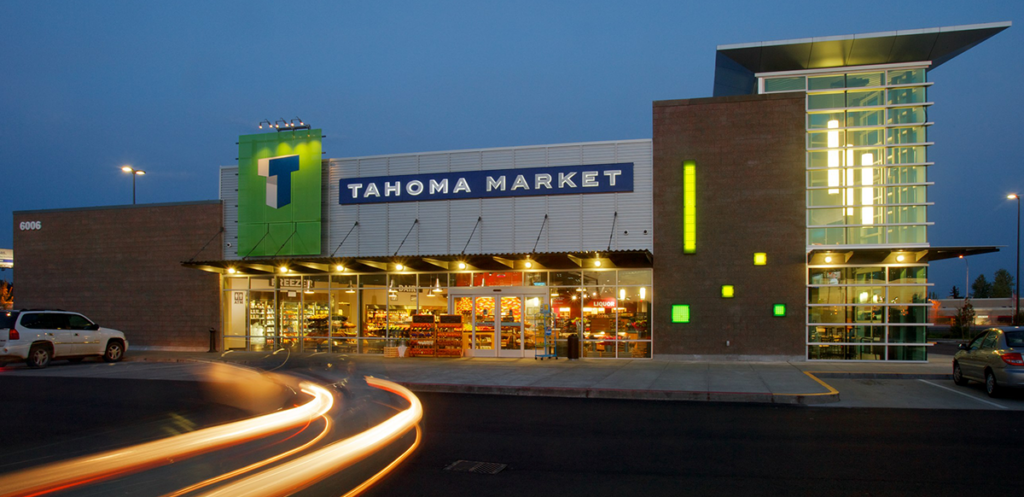
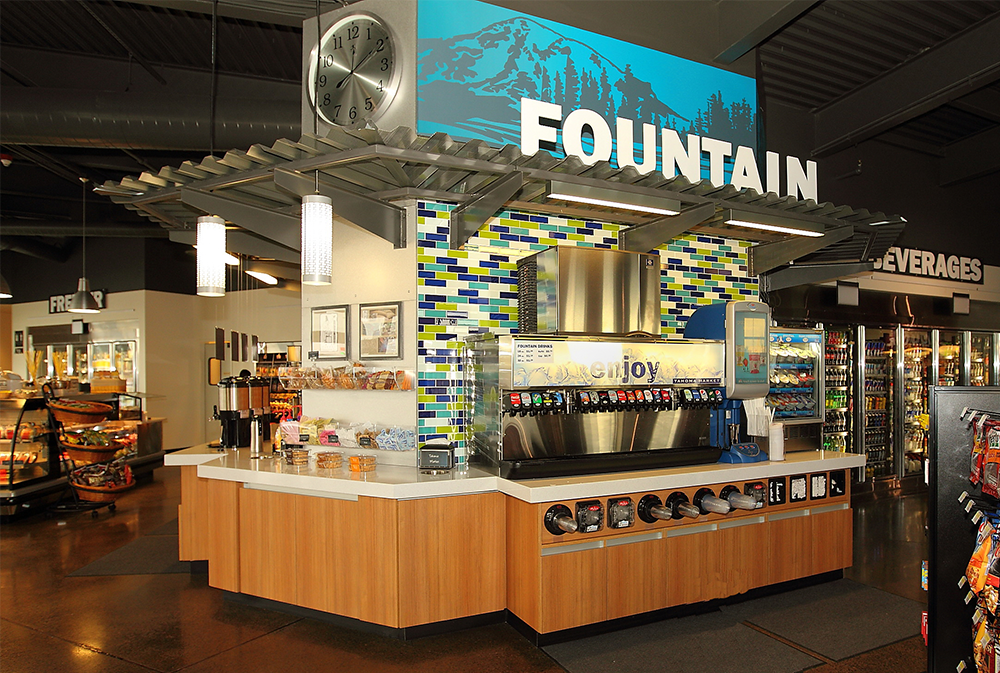
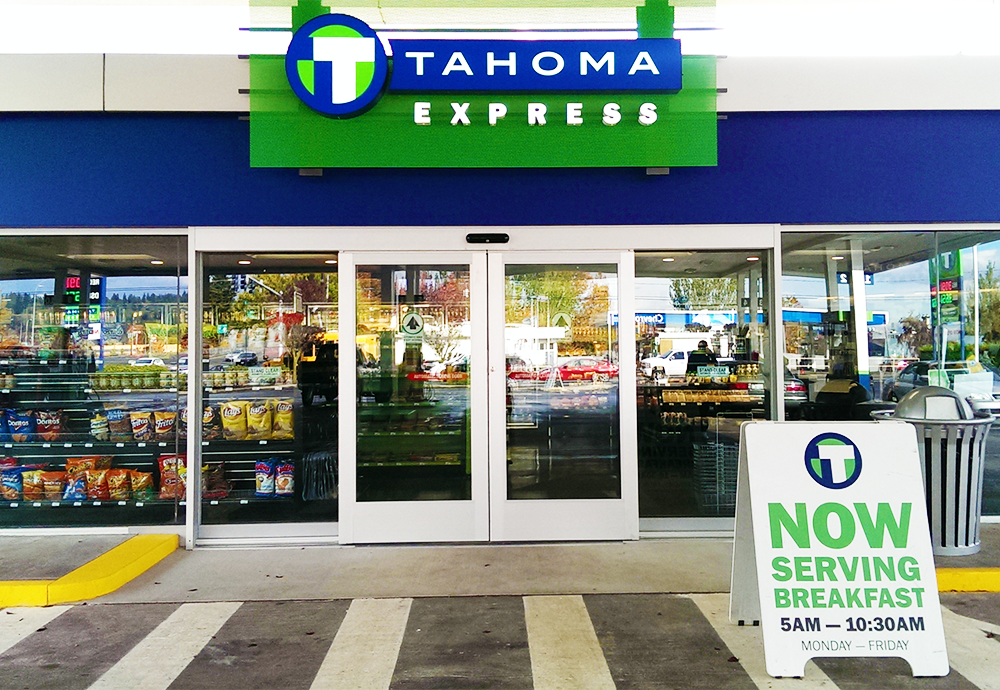
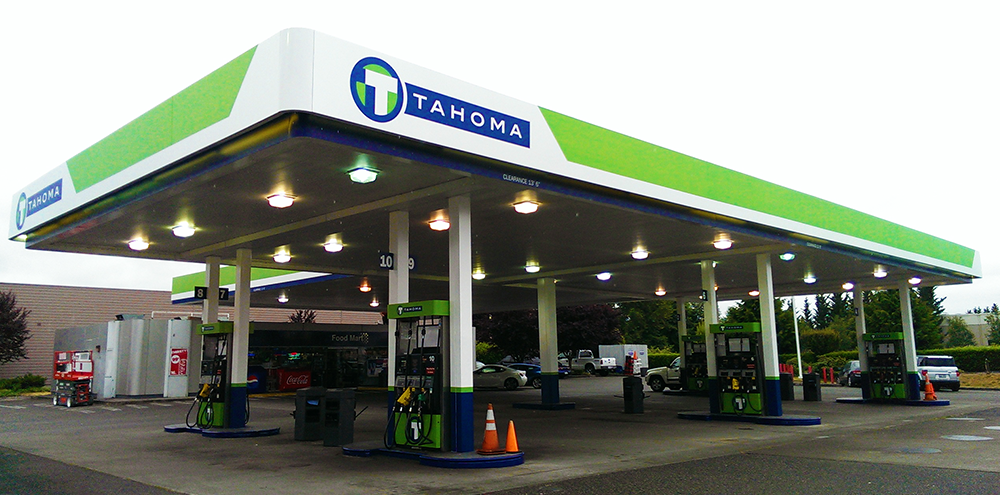





Leave A Comment